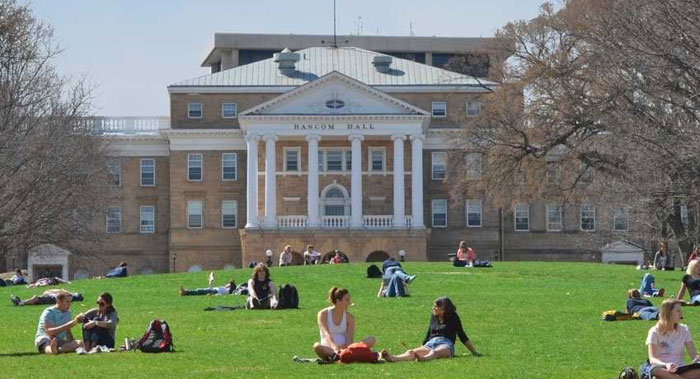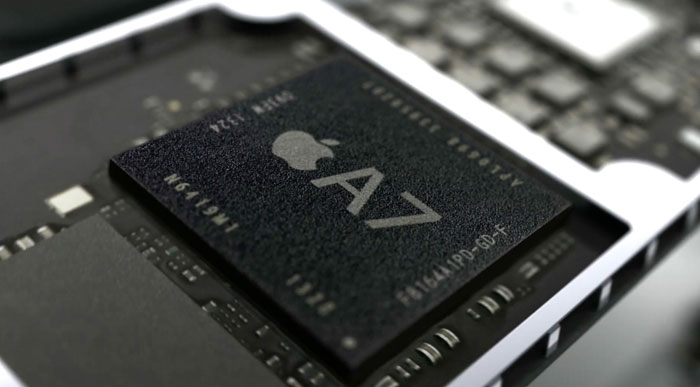Back in October 2015 Apple was found guilty of infringing a patent owned by the University of Wisconsin-Madison's patent licensing arm. The jury verdict awarded $234 million in damages to the Wisconsin Alumni Research Foundation (WARF).
On Monday a US District judge more than doubled these damages as Apple continued to infringe the patent, even after that previous ruling, until it expired in December 2016. US District Judge William Conley in Madison added $272 million to the previous $234 million jury verdict, adding up to a total of $506 million.

The particular patent under scrutiny in this case involves a 'predictor circuit' that can enhance computer processing. The circuit was patented by University of Wisconsin professor Gurindar Sohi and three of his students back in 1998.
More specifically Patent No. U.S. 5,781,752 held by WARF describes a table based data speculation circuit for parallel processing that "permits advanced execution of instructions depending for their data on previous instructions by predicting such dependencies based on previous mis-speculations detected at the final stages of processing. Synchronization of dependent instructions is provided by a table creating entries for each instance of potential dependency. Table entries are created and deleted dynamically to limit total memory requirements."
So the US court upheld WARF's assertion that Apple has been using the above tech without any credit given or royalties being paid. Apple A7, A8, and A8X processors were under scrutiny by the court in this particular case. If you are wondering about newer Apple SoC designs, WARF has brought a separate lawsuit regarding chips in newer iDevices but the judge isn't going to start considering this until Apple has had an opportunity to appeal the 2015 jury verdict, reports Reuters.

Research isn't cheap to do, and the University of Wisconsin has an annual R&D expenditure of approx $1.1 billion. Apple is appealing the decision but it hasn't commented on the court rulings.













